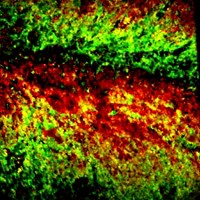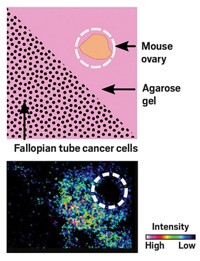Advertisement
Grab your lab coat. Let's get started
Welcome!
Welcome!
Create an account below to get 6 C&EN articles per month, receive newsletters and more - all free.
It seems this is your first time logging in online. Please enter the following information to continue.
As an ACS member you automatically get access to this site. All we need is few more details to create your reading experience.
Not you? Sign in with a different account.
Not you? Sign in with a different account.
ERROR 1
ERROR 1
ERROR 2
ERROR 2
ERROR 2
ERROR 2
ERROR 2
Password and Confirm password must match.
If you have an ACS member number, please enter it here so we can link this account to your membership. (optional)
ERROR 2
ACS values your privacy. By submitting your information, you are gaining access to C&EN and subscribing to our weekly newsletter. We use the information you provide to make your reading experience better, and we will never sell your data to third party members.
Analytical Chemistry
Synchrotron IR Tracks Phosphorylation
Powerful light source enables scientists to follow biochemical process within individual cells
by Journal News and Community
April 16, 2012
| A version of this story appeared in
Volume 90, Issue 16
Infrared radiation from a synchrotron light source has illuminated protein phosphorylation as single cells develop into nerve cells (Anal. Chem., DOI: 10.1021/ac300308x). Existing techniques for studying this process require researchers to put chemical tags on proteins of interest. IR spectroscopy can measure phosphorylation without labeling, but most instruments don’t use light bright enough to detect the weak signals from single cells. Hoi-Ying N. Holman of Lawrence Berkeley National Laboratory and her colleagues used a synchrotron IR method, which provides up to 1,000 times better signal-to-noise ratio than a standard IR instrument, to watch what happens inside individual rat cells as they differentiated into nerve cells. Previous studies have shown that phosphorylation increases during this transition. Holman’s team triggered differentiation in cell culture and then focused the light beam on one cell at a time, collecting data at set times over seven days. Holman was surprised at how quickly phosphorylation levels changed: Levels spiked in just five minutes, she says, then came in waves correlating with the stages of differentiation. Since IR spectroscopy can track many types of molecules, Holman plans to try monitoring other chemical transformations, such as methylation or changes in carbohydrate composition.





Join the conversation
Contact the reporter
Submit a Letter to the Editor for publication
Engage with us on Twitter